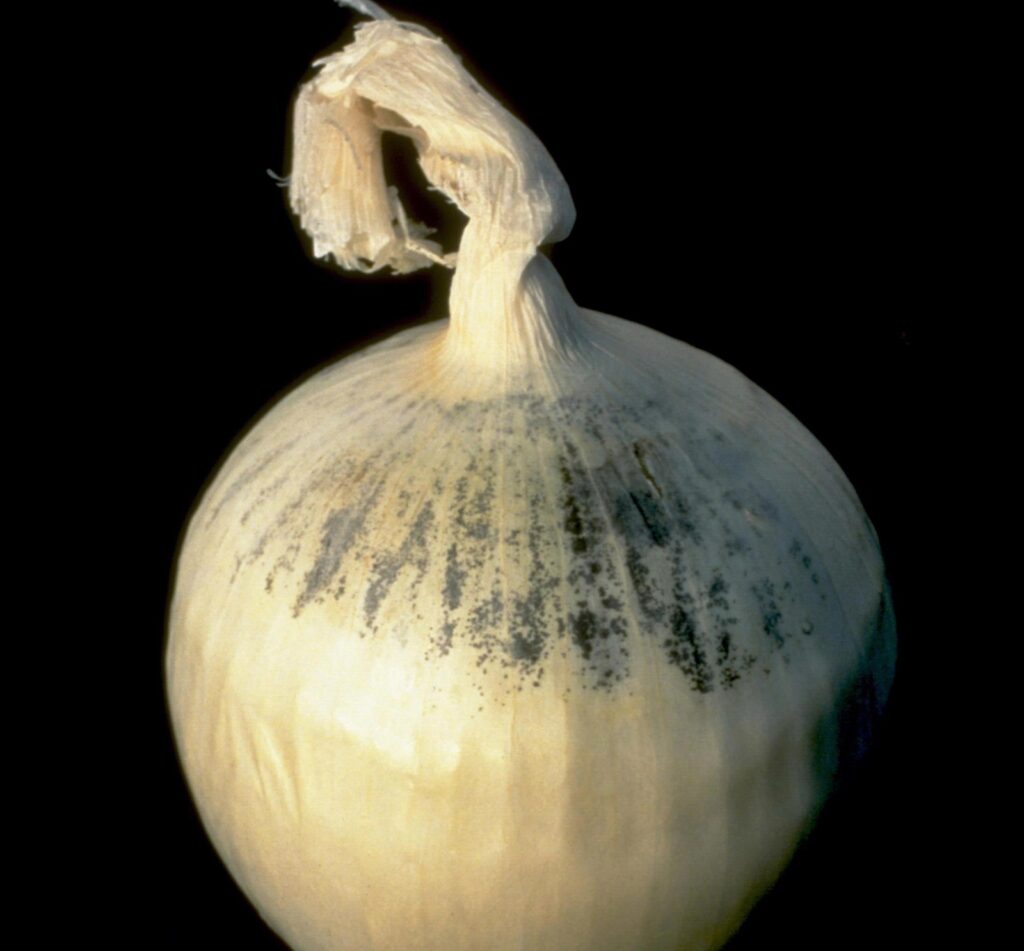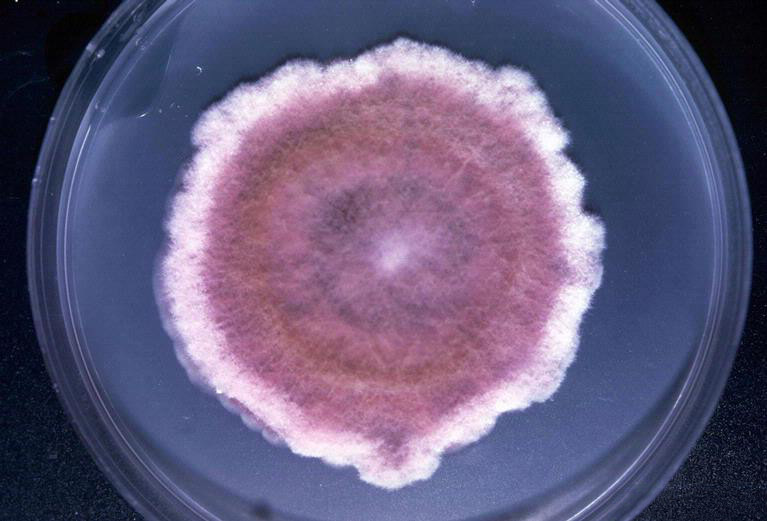Mould Exposure: 4 Common Types of Mould
Mould can be extremely toxic when inhaled or ingested. Exposure to microscopic mycotoxins often goes unnoticed. Mycotoxin exposure is difficult to identify and only when colonies present themselves within the body, symptoms may become apparent. It is essential to monitor our homes and environment to prevent mould exposure and maintain an excellent state of health.
Fungi can develop in almost any environment, on any surface, if the conditions are suitable. Fungi usually thrive in wet and warm environments. It is important to check, regularly, for black mould growing in our homes. Inner home materials can be extremely conducive to the colonisation of this type of fungus.
Mould releases mycotoxins into the surrounding environment, and it often enters the respiratory system through the air. The entrance of mycotoxins into the body can cause a variety of symptoms, including asthma, fatigue, sinus issues, etc. There are a variety of different types of mould harmful to the human body, including:
ASPERGILLUS

Aspergillus is the most common type of mould within our environments and includes several varying species. The mycotoxins detected within this mould group include aflatoxin, ochratoxin, sterigmatocystin, gliotoxin, and citrinin. Farmers experience billions of dollars worth of damage to livestock and crops because of this type of mould. Within the human body, aspergillus targets the liver, and can cause major medical issues. The most common foods that contain this mould are eggs, milk and meats. Farmers often feed livestock grains that are contaminated by mould, and therefore livestock digest and inherit these colonies of mould. This gets passed down to us following the consumption of livestock products.
PENICILLIUM
We find Penicillium chrysogenum in indoor environments, and this is the most common species of Penicillium. The most prevalent symptoms caused by this mould may be allergic reactions and sensitivities. Many types of citrus fruit can become contaminated with Penicillium, but it can also contaminate seeds and grains. Our homes are suitable breeding grounds for this type of mould. When ingested, Penicillium chrysogenum can target the kidneys.
STACHYBOTRYS
Stachybotrys is a greenish-black mould. This can grow on materials with high cellulose and low nitrogen content, such as gypsum board, paper, fibreboard, and ceiling tiles. The fungus produces phenylspirodrimanes, as well as cyclosporine, which are immunosuppressants. Commonly reported respiratory tract symptoms include nasal irritation, burning and congestion, cough, wheezing, chest tightness and dyspnoea. Central nervous system manifestations include headache, irritability, lightheadedness, sleeping difficulty, concentration problems, and mental fatigue.
FUSARIUM

Fusarium fungi grow best in temperate climate conditions. They require lower temperatures for growth compared to Aspergillus. The most commonly contaminated products are grains (corn and wheat). Exposure to this type of mould can cause acute and chronic damage. Symptoms can include distress, malaise, diarrhoea, emesis, and death.
Summary
Mould can be extremely toxic when inhaled or ingested. Exposure to microscopic mycotoxins often goes unnoticed. Mycotoxin exposure is difficult to identify and only when colonies present themselves within the body, symptoms may become apparent. Keeping an eye out for the variety of common mould types is important in preventing the onset of mild to severe symptoms. There are a variety of other types of mould to be aware of that may cause harm to the body. It is essential to monitor our homes and environment to prevent mould exposure and maintain an excellent state of health.
How do I Become a Functional Medicine Practitioner to learn more about Common types of Mould?

The Institute of Integrative Medicine is a global leader in the field of Integrative Medicine Education. Integrative medicine aims to be at the forefront of modern technology and new discoveries. A variety of different mould species can cause uncomfortable symptoms. It is important to identify types of mould to follow the appropriate treatment protocols. We offer certified online courses helping you to take charge of your practice and improve the quality of life for your patients. Find out more about the courses we offer today!

